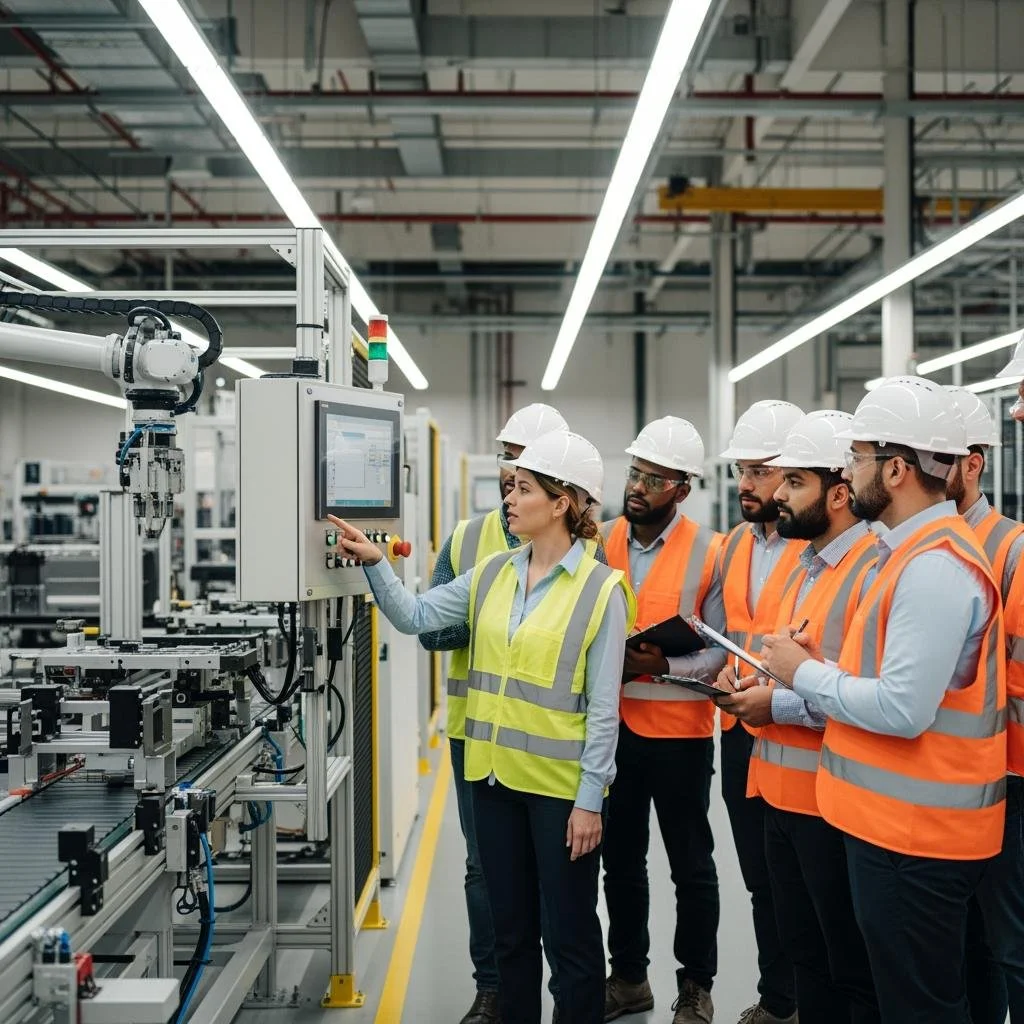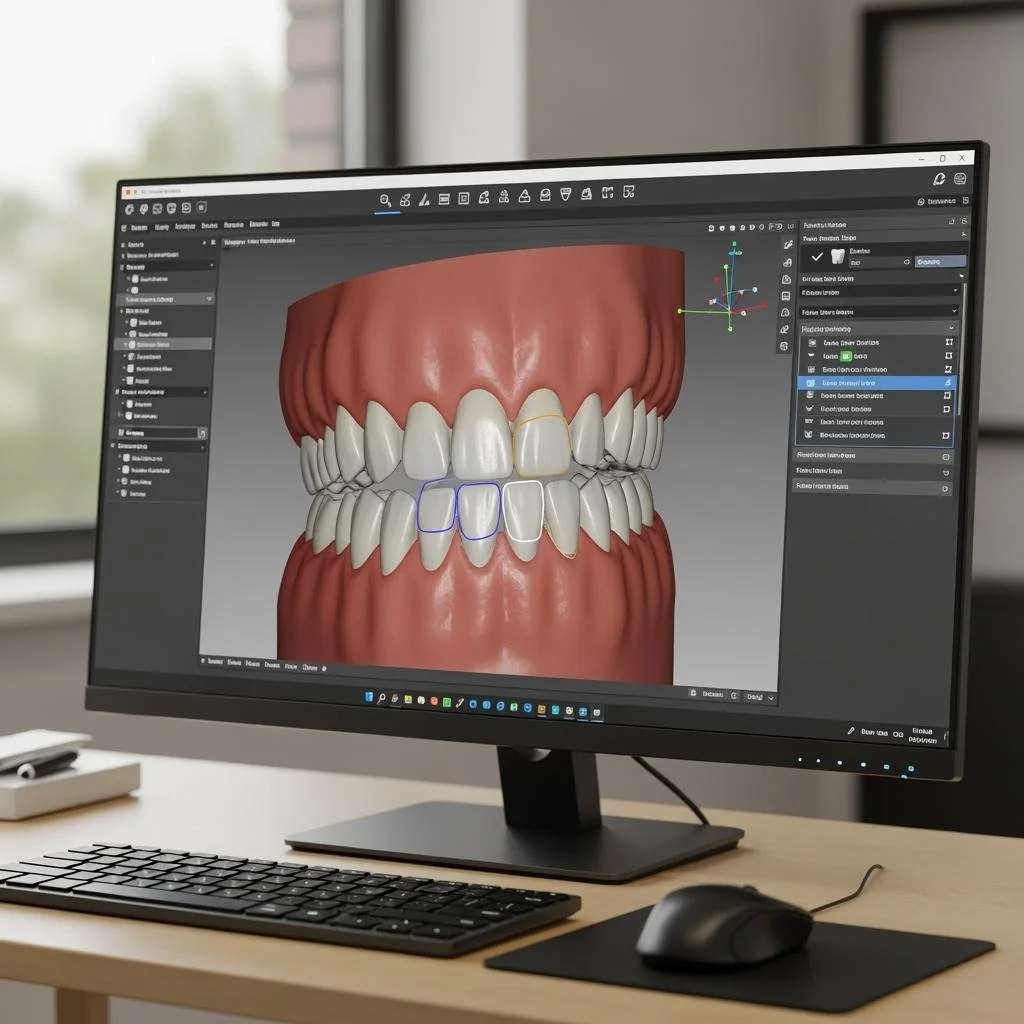Understanding Third‑Party Liability In Construction Accidents
Workplace injuries can be life-altering, affecting not only your physical health but also your financial stability and future career prospects. While workers’ compensation is often the first line of support for injured employees, it may not always provide the full relief you need—especially when another party, outside of your employer, played a role in the incident.
In this article, we’ll explore the concept of third-party liability in the context of work-related injuries. You’ll learn what it means, why it matters, how to identify when a third party may be at fault, and what steps you can take to seek additional compensation. By understanding your rights and legal options, you can take control of your recovery and pursue the justice you deserve.
No. 1
What Is Third-Party Liability?
Third-party liability refers to a situation where someone other than your employer is legally responsible for your workplace injury. This opens the door for you to pursue additional compensation beyond what’s typically available through workers’ compensation.
On most job sites, various entities are present, including contractors, manufacturers, suppliers, engineers, and governmental inspectors, which can potentially cause harm to employees if they fail to follow established safe working practices. If one of these third parties causes harm to you, then you have the option to pursue them for responsibility beyond your employer's responsibilities.
For example, if a subcontractor, equipment manufacturer, or outside vendor contributed to your injury through negligence or unsafe practices, they may be held liable. This allows you to file a third-party personal injury claim in addition to receiving workers’ compensation benefits.
No. 2
Who Is Considered a Third Party at Fault?
On many job sites—particularly in construction, manufacturing, or industrial settings—multiple entities are present.
These may include:
Contractors and subcontractors
Equipment rental companies
Manufacturers and suppliers
Engineers and architects
Governmental inspectors or agencies
Each of these parties has a responsibility to follow safety protocols and industry standards. If their negligence leads to your injury, they may be held accountable.
Example Scenario:
Imagine a forklift operator employed by a rental company crashes into scaffolding provided by your employer. If the operator was improperly trained or acting recklessly, the rental company could be liable for your injuries—not just your employer.
No. 3
Why Third-Party Claims Are Important
Workers’ compensation is designed to provide quick financial relief for medical expenses and lost wages.
However, it comes with limitations:
It typically does not cover pain and suffering
It may limit the total amount of compensation
It often prevents you from suing your employer
By pursuing a third-party claim, you may be able to:
Recover additional damages, including emotional distress and long-term disability
Receive compensation that reflects the full scope of your losses
In jurisdictions that allow it, you can file both a workers’ compensation claim and a third-party liability claim, maximizing your recovery options.
Upwork
Finding talent doesn’t have to be a chore. Post a job and hire the best—without breaking the bank.
No. 4
How to Prove a Third Party Was Responsible for Your Injury
To successfully establish third-party liability, you must prove three key elements:
Duty of Care
The third party had a legal obligation to act in a way that ensured your safety.Breach of Duty
They failed to uphold that obligation through negligence, recklessness, or omission.Causation and Damages
Their actions (or inaction) directly caused your injury, resulting in measurable damages such as medical bills, lost income, or emotional distress.
Tips for Strengthening Your Case:
Document the scene: Take photos of the equipment, location, and any visible injuries.
Collect witness statements: Get contact information and written accounts from anyone who saw the incident.
Preserve records: Maintain logs of equipment usage, service reports, and safety inspections.
Hire an expert: A professional assessment of the site or equipment can provide critical evidence.
No. 5
Navigating Your Options and Seeking Recovery
Once you suspect a third party may be responsible, it’s time to explore your legal options.
Ask yourself:
Who owned or operated the equipment involved?
Were regular safety inspections conducted?
Could a design or manufacturing flaw have contributed?
You may be eligible for compensation for construction accidents beyond what standard workers’ compensation offers. The aim here is a full recovery from the right people.
Types of Compensation You May Be Eligible For:
Medical expenses (past and future)
Lost wages and reduced earning capacity
Pain and suffering
Rehabilitation and therapy costs
Punitive damages (in cases of gross negligence)
Legal professionals who specialize in workplace or construction injuries can help you:
Determine whether your jurisdiction allows dual claims
Identify all liable parties
Understand how insurance coverage applies
Navigate settlement negotiations or litigation
No. 6
Taking a Positive Step Forward
Experiencing a workplace injury is undoubtedly a serious and often traumatic event—but it doesn’t have to define your future. By exploring third-party liability, you take a proactive approach to your recovery. You empower yourself with knowledge, legal support, and the tools to pursue full and fair compensation.
Steps to Take Immediately:
Seek medical attention and follow all treatment recommendations
Report the incident to your employer and document everything
Consult a qualified attorney experienced in third-party claims
Stay organized with all paperwork, photos, and witness accounts
Holding all responsible parties accountable not only helps you heal financially and emotionally—it also promotes safer practices across industries, potentially preventing future injuries for others.
Takeaways
Understanding and pursuing third-party liability is a powerful step in reclaiming control after a workplace injury. While workers’ compensation provides essential support, it may not fully address the scope of your losses—especially when another party’s negligence is involved.
In this article, we’ve outlined how to identify third-party responsibility, why it matters, and how to build a strong case for additional compensation. With the right legal guidance and thorough documentation, you can transform a painful setback into a path toward justice, healing, and financial stability.
Don’t settle for less than you deserve. Explore every avenue of recovery, hold negligent parties accountable, and take charge of your future with clarity and confidence.
Looking for Business resources?
Are you seeking ways to elevate your business to new heights? Dive into the array of resources provided by our esteemed business partners designed to empower your ventures.































